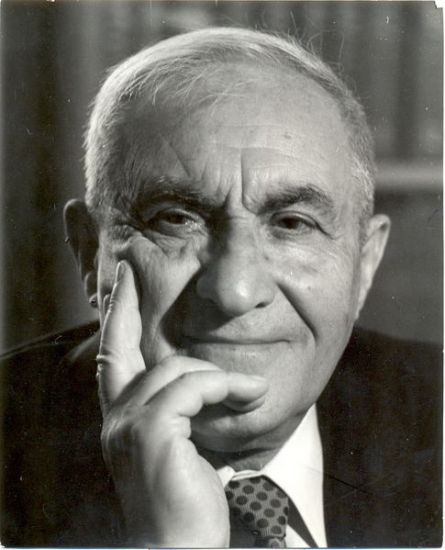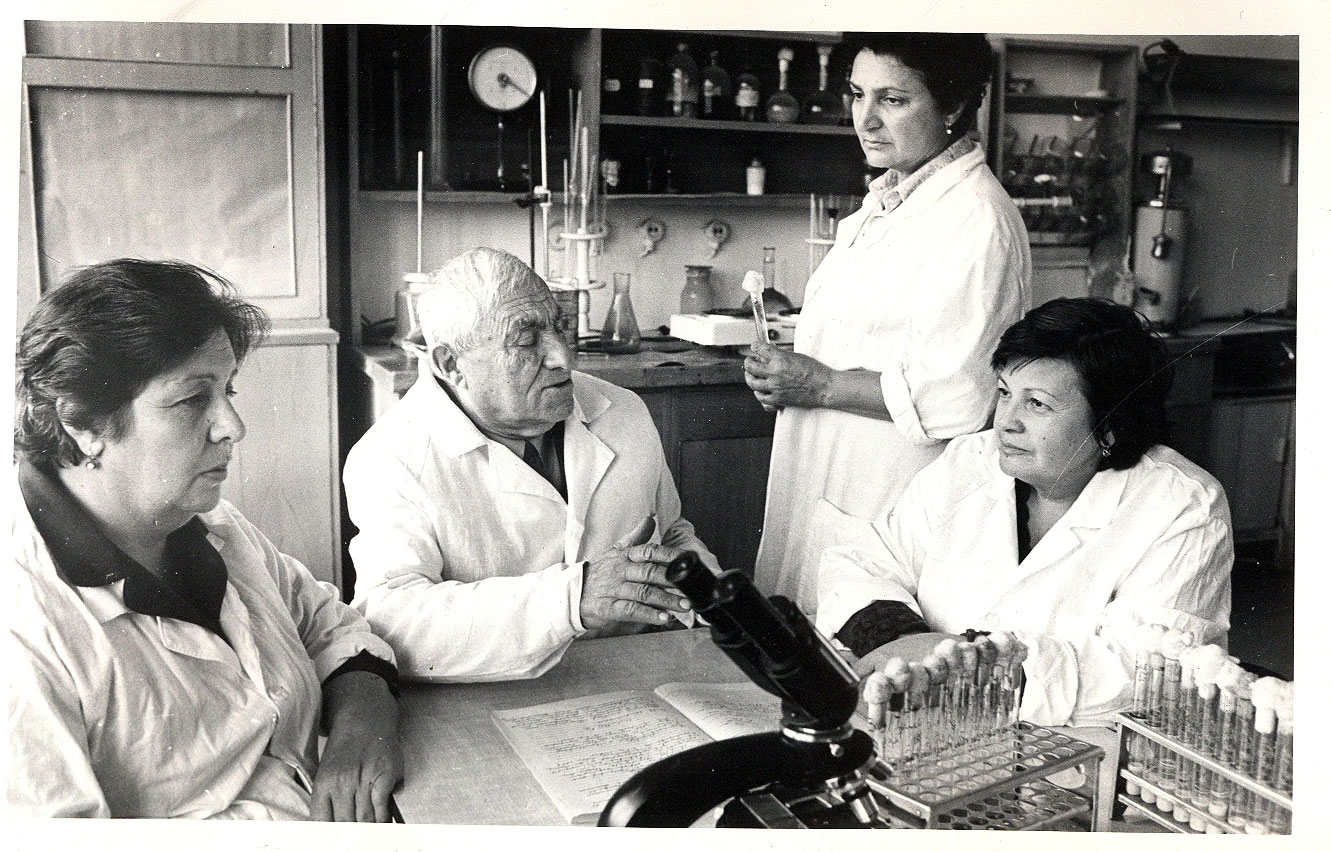History Lactobacillus acidophilus Er-2 strain 317/402 Narine

The world's first probiotic of human origin, with over 60 years of proven therapeutic effects in infants, children and adults without recorded side effects.
Dr. Levon Akopovich Erzinkyan from the Institute of Microbiology of the Armenian National Academy of Sciences was a biologist with versatile interests. He spoke several languages and was interested in various fields of knowledge from literature through agriculture to playing folk instruments. But his passion was to find the most effective strain of lactic acid bacteria for humans. Therefore, when his granddaughter Narine was born in 1953, he analyzed 10 types of lactic acid bacteria from her meconium. He managed to isolate a unique strain that stood out from the others because it was resistant to antibiotics, bile and acid. He called it Lactobacillus acidophilus Er-2 317/402.
A few years later his granddaughter suffered from a severe intestinal infection. Her body did not react to hospital treatment and the doctors did not give her a chance to survive. After consultation with the attending doctor, Dr. Erzinkyan suggested that his granddaughter should be treated with a strain of bacteria, which he isolated from her meconium. The administration of this strain had a miraculous effect on the girl's body, so she fully recovered. This is the reason why Lactobacillus acidophilus Er-2 317/402 is commonly known as "Narine ". After this event, Narine was included in the treatment of many diseases in hospitals, clinical wards and research centers. Narine was administered in liquid form to all newborns in Armenia as a complementary food that quickly and without side effects supported the healthy development of children.
Since its discovery Narine has been widely used in various forms for almost 60 years in Armenia and the former Soviet Union. Narine was used as part of the treatment of dysbiosis among people who were exposed to radiation during and after the Chernobyl nuclear plant explosion in 1986. Reports indicate that most of these individuals achieved microflora normalization and dysbiosis correction after Narine was included in their treatment. The World Health Organization and the Russian Academy of Sciences recommended Narine as an indicated product for administration in such extreme disasters as Chernobyl.
To date, there are about 200 clinical studies and published articles that document Narine's safety, effectiveness and performance. The World Health Organization and the Russian Academy of Sciences recommended Narine as a food supplement.
Although Narine has been widely researched and used in Armenia for more than four decades, its existence was practically unknown outside the Soviet Union. Only in Japan was there a small amount of research done in the late 80's. There is also a small group of scientists from other countries who have done and published their research, which is available online on pubmed.

